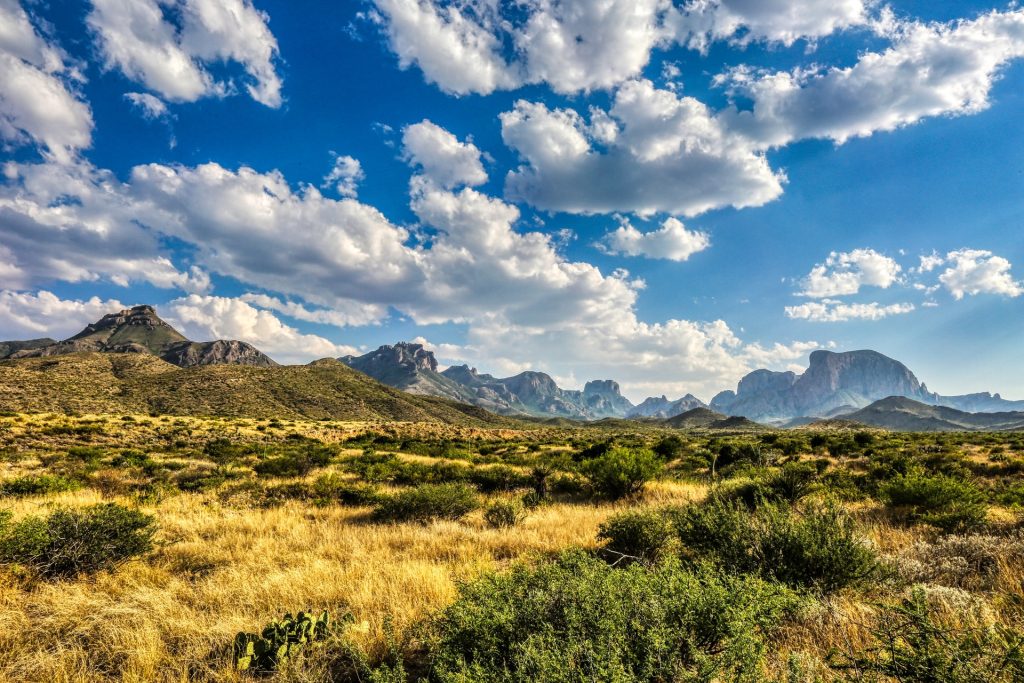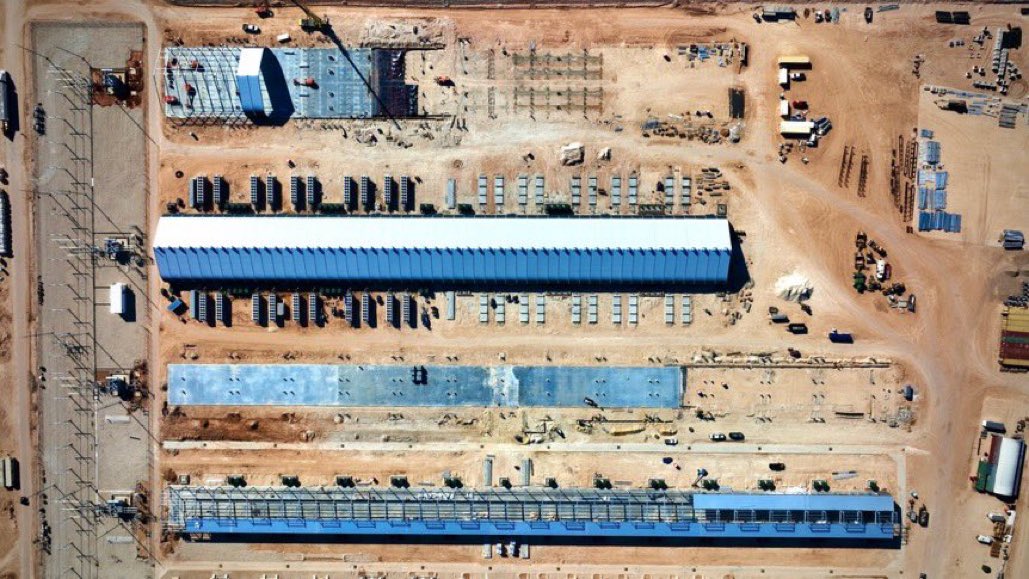There’s a Riot in Texas and We’re All Invited
In the middle of Texas, the lone star state, there is a revolution brewing. Many thousands of supercomputers will soon be housed at this 320-acre mining site in Dickens County, where they will work 24 hours a day, 7 days a week to solve a difficult set of algorithms. If they succeed, they’ll be rewarded with newly created bitcoins.
A mine could serve to boost the economy by producing jobs and increasing the revenue base of the county. In exchange, the mine will be supplied with some of the world’s cheapest electricity.
To be profitable, bitcoin mining necessitates a large amount of low-cost energy. Because of its inexpensive power, China was once the world’s mining hub, with over half of the world’s mining taking place there. Local governments in China, however, began shutting down bitcoin mines early this summer as the country attempts to build its own, more tightly controlled digital currency. After the crackdown, the bitcoin hashrate (the amount of computing power required to create bitcoin) was cut in half.
As the Chinese government drives bitcoin mining operations to relocate or go underground, Texans are hoping to capitalise on China’s missed chance, assuring that Texas will play a significant part in the cryptocurrency industry.
Riot Blockchain just paid $80 million for Whinstone US, the largest bitcoin mining operation in the United States, located in Rockdale, Texas. Whinstone claims that its plant can generate 500 bitcoin per month, which would be worth $22 million at today’s price.

Texas officials have been loud in recent months about their support for bitcoin mining in their state. Senator Ted Cruz of Texas, a Republican, stated in October 2021 that bitcoin mining may “strengthen our energy infrastructure.” However, some members of Congress are sceptical that bitcoin mining will assist the electricity system. Rep. Frank Pallone, D-N.J., chairman of the House Energy and Commerce Committee, pointed out in January that bitcoin’s proof-of-work mining mechanism demands vast quantities of computing power.
Texas is also attractive to miners because it gets 20% of its energy from wind power, making it a far greener option than mining in China, which gets approximately two-thirds of its electricity from coal. Elon Musk, the CEO of Tesla, has stopped accepting bitcoin payments, citing the “rapidly expanding usage of fossil fuels for bitcoin mining and transactions, especially coal, which has the highest emissions of any fuel.” Tesla will begin taking bitcoin after it is confirmed that around half of the energy consumed by miners will come from renewable sources, according to Musk.
Wind power is typically seasonal in Texas, accounting for 7-20% of total energy generation depending on the month. These bitcoin miners will employ a combination of energy sources throughout the year because solar power has the same temporal restrictions. That’s why Texas lawmakers are meeting with bitcoin mining executives from all over the world, according to mining consultant Alejandro de la Torre, founder of ProofofWork.Energy. They’re aiming to dispel the myth that the power usage of the local bitcoin mining sector is harmful to the environment. If corporations design from the beginning to maximise local renewable energy sources, the industry might grow and generate attractive taxes as reliance on the oil and gas industry declines.



